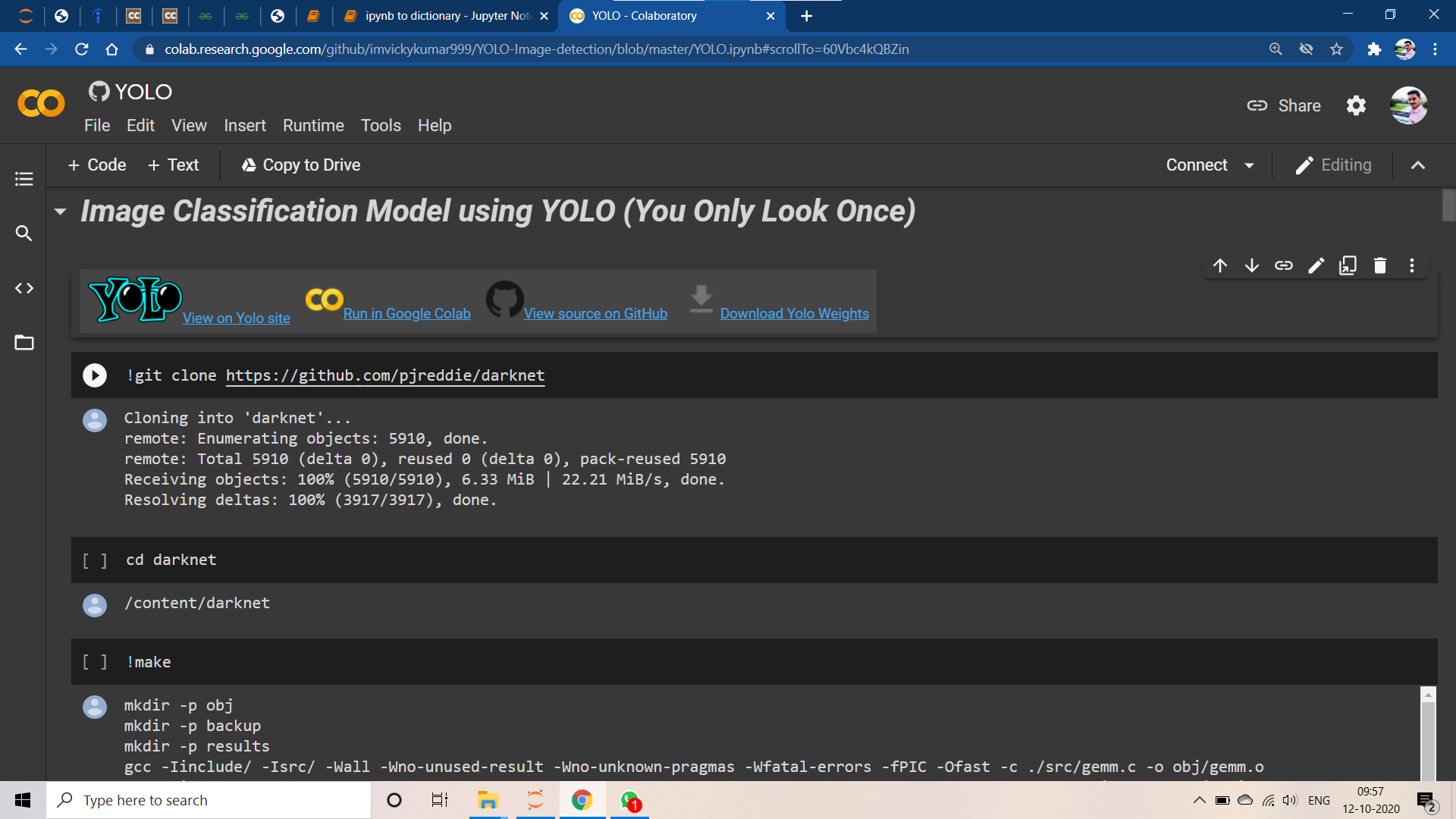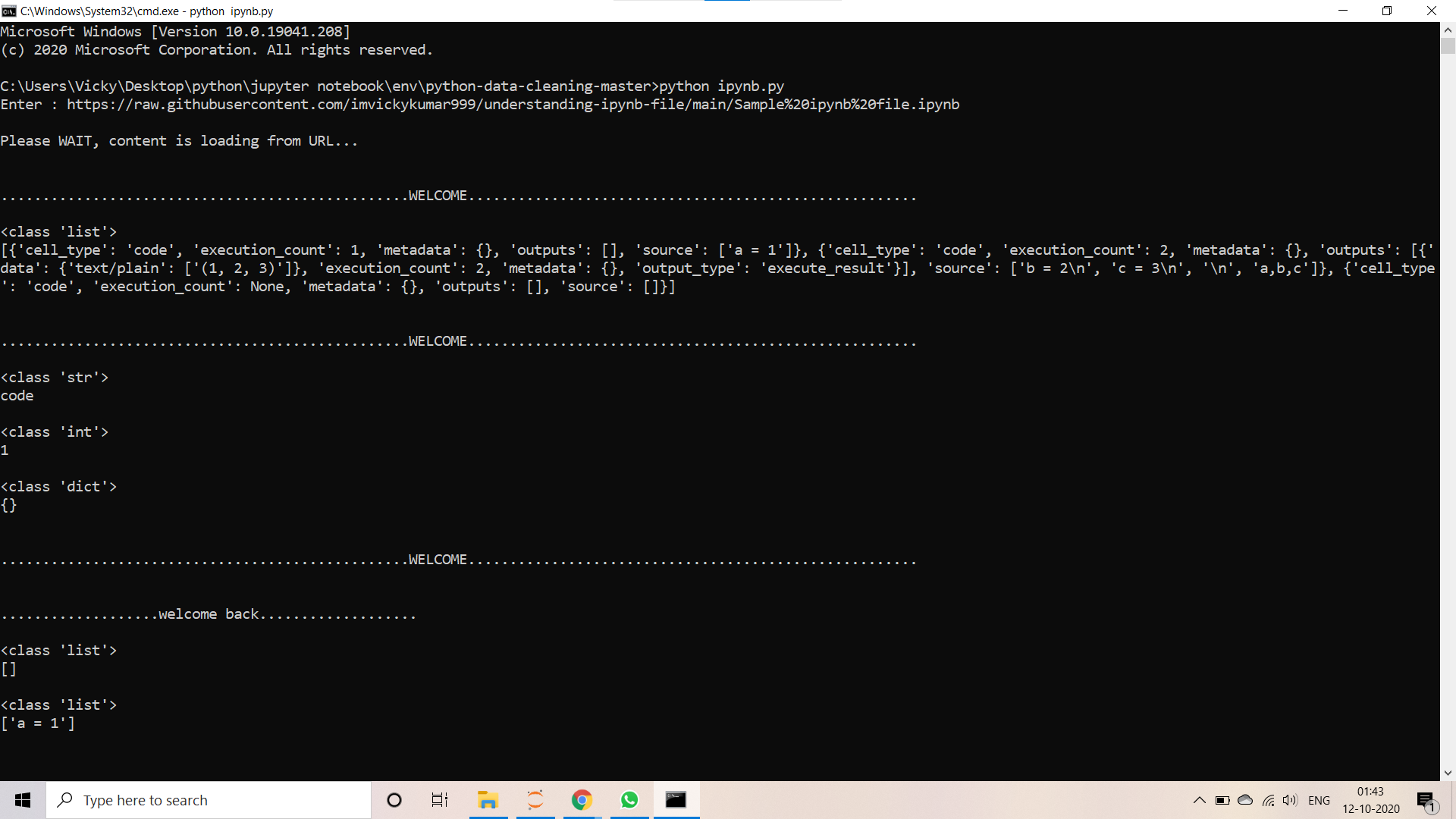def recdict(d):
print('\n.................................................WELCOME......................................................\n')
key = list(d.keys())
lenkey = len(key)
value = list(d.values())
for i in value:
typei = type(i)
print(typei)
print(i)
print()
if typei == list:
for j in i:
typej = type(j)
if typej == dict:
recdict(j)
print('\n...................welcome back...................\n')
if typei == dict:
recdict(i)
print('\n...................welcome back...................\n')
def call():
file_name = input('Enter : ')
if 'http' == file_name[0:4]:
u = ur.urlopen(str(file_name)).read()
su = u.decode('ascii')
elif '{' == file_name[0]:
su = file_name
elif '\\' or '/' in file_name:
su = open(file_name).read()
try:
y = json.loads(str(su))
except:
y = su
data = ast.literal_eval(str(y))
return data




